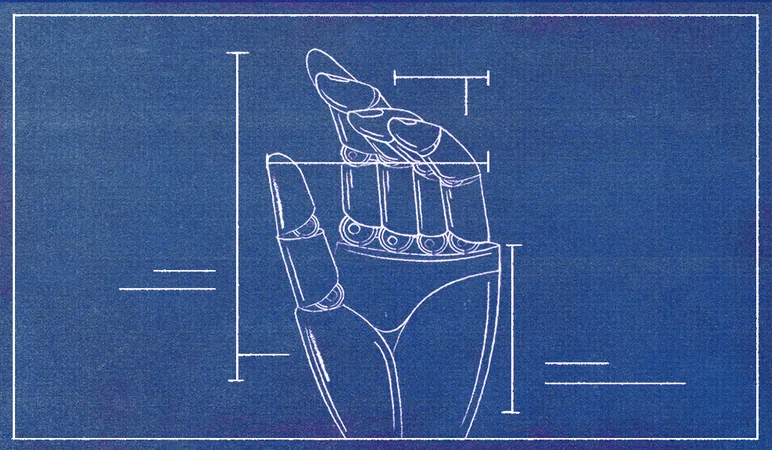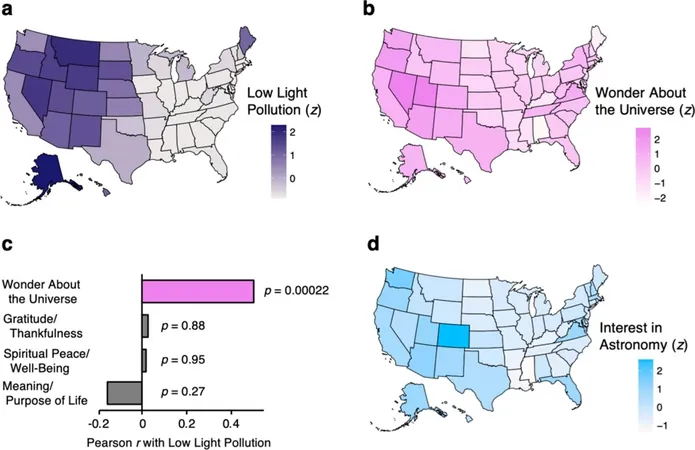
Dow Jones Harnesses AI to Revolutionize Media Planning for Advertisers
2024-10-03
Introduction
In an era where technology continually reshapes industries, Dow Jones is leading the charge by integrating artificial intelligence (AI) into its media planning processes. The initiative aims to streamline the way the company responds to advertisers' Requests for Proposals (RFPs), which can often be complex and varied.
The Advertising Business at Dow Jones
Kedar Prabhu, the Vice President of Ad Product and Technology at Dow Jones, highlighted the significant nature of the advertising business, which generates mid-nine-figure revenues. This business is largely direct and heavily reliant on meticulous media planning—a task that traditionally requires human insight and creativity.
Incorporating AI in Media Planning
However, as Prabhu noted during a recent session at the Digiday Publishing Summit in Key Biscayne, Florida, the company is evolving by incorporating generative AI tools.
"For the past two years, we have harnessed this hypothesis: creating an AI-informed automation tool specifically for media planning. It's not a simple task," Prabhu explained.
Understanding the Challenge of RFPs
The media planning team at Dow Jones meticulously reviews incoming RFPs, which vary in language and structure, in order to understand the advertisers’ goals and constraints. This process requires not just analytical skills but also innovative problem-solving capabilities.
Developing a Customized AI Solution
Recognizing that existing technologies were insufficient to meet their comprehensive needs, Dow Jones initiated discussions with multiple B2B sales vendors. After discovering a lack of adequate solutions, the team decided to develop a customized system.
The estimated cost for this undertaking was in the single-digit millions—a significant investment that necessitated demonstrable benefits in revenue growth or cost savings.
Proof-of-Concept and Testing
In order to validate the potential of an AI-enhanced media planning tool, Dow Jones constructed a proof-of-concept—an essential step that took around six to eight weeks to compile previous RFPs and media planning data. Following this, another four to six weeks were dedicated to setting up the AI model.
Minimally Viable Product
As of now, Dow Jones is currently testing its minimally viable product, described by Prabhu as a "zero-shot model." This method enables the AI to categorize data independently, making it particularly adept at managing the non-standard formats commonly found in advertisers’ proposals.
Future Plans and Expectations
Prabhu anticipates rolling out several subsequent models in the coming months, aiming to meet specific efficiency and performance benchmarks within the next six months.
Broader Implications for the Advertising Landscape
The implications of this technological shift are vast. As Dow Jones fine-tunes its AI capabilities, it gains the potential to improve response times to advertisers and develop more bespoke media strategies, ultimately driving growth in ad revenues.
Other Significant Shifts in Advertising
Meanwhile, the advertising landscape continues to experience other significant shifts. Companies like Microsoft are making headlines by paying publishers for content utilized in AI-enhanced applications, prompting other media organizations to consider subscription models or paywalls to sustain revenue.
Conclusion
As media planning evolves with the integration of AI, Dow Jones is positioning itself at the forefront of this transformation, promising to reshape the future of advertising response strategies. This innovation not only signals a technological advancement but also highlights a crucial adaptation to the ever-changing demands of the advertising marketplace.
Stay tuned as this story unfolds—what could Dow Jones achieve next in this exciting new frontier?



 Brasil (PT)
Brasil (PT)
 Canada (EN)
Canada (EN)
 Chile (ES)
Chile (ES)
 España (ES)
España (ES)
 France (FR)
France (FR)
 Hong Kong (EN)
Hong Kong (EN)
 Italia (IT)
Italia (IT)
 日本 (JA)
日本 (JA)
 Magyarország (HU)
Magyarország (HU)
 Norge (NO)
Norge (NO)
 Polska (PL)
Polska (PL)
 Schweiz (DE)
Schweiz (DE)
 Singapore (EN)
Singapore (EN)
 Sverige (SV)
Sverige (SV)
 Suomi (FI)
Suomi (FI)
 Türkiye (TR)
Türkiye (TR)